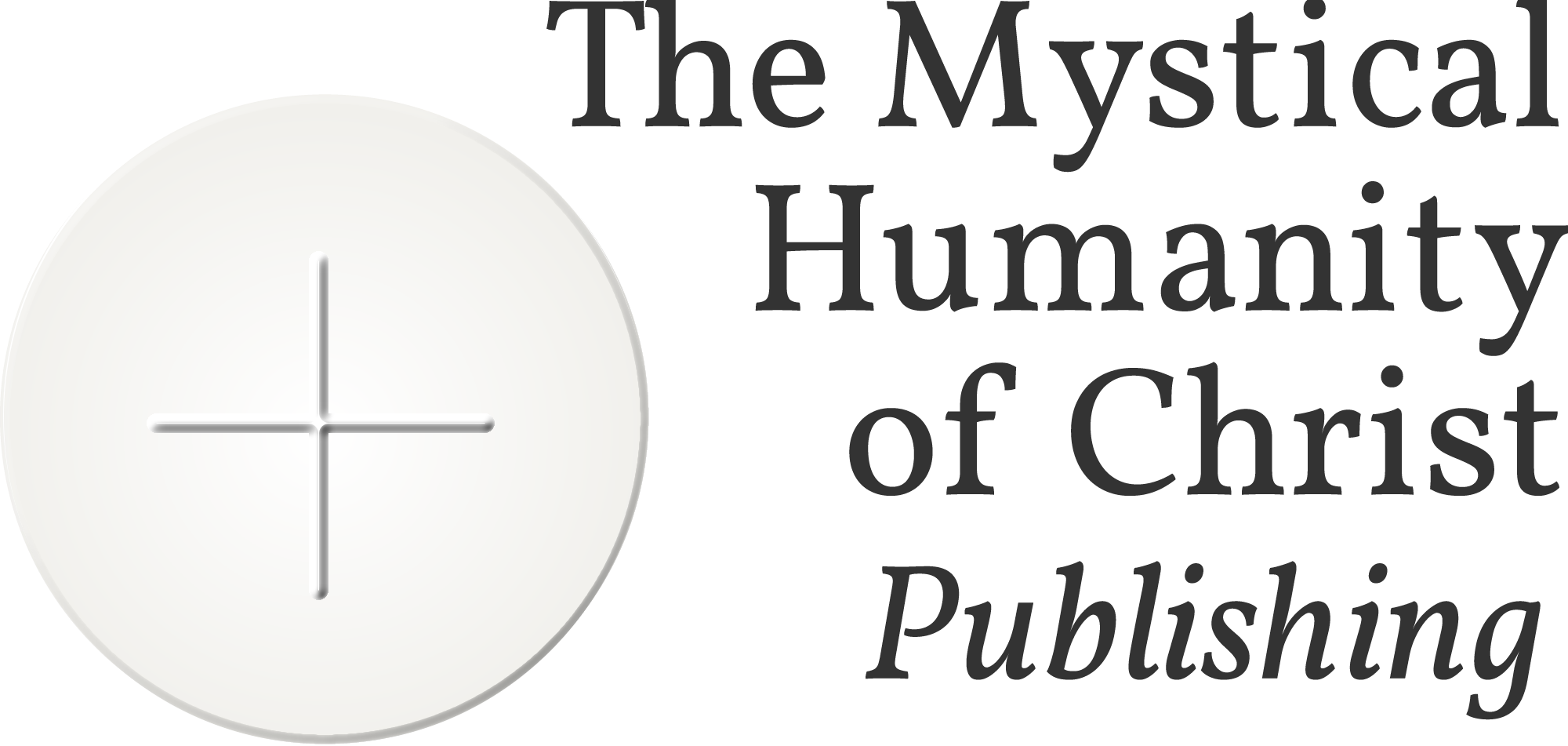
Maria Troutman
Three February Saints You Should Know
February is typically associated with saints like St. Blaise and St. Valentine. Which one of us who, having experienced the blessing of throats on the feast of St. Blaise, could forget it? And, of course, February 14 will forever be associated with St. Valentine, even by the secular world—although, interestingly enough, his feast has been suppressed in the new calendar. More on that in a minute.
But there are other saints recognized by the Church during the month of February who, though lesser known by us today, are nevertheless worthy of veneration. Their stories inspire awe and fervor for Christ. Here are three of my favorites:
St. Andrew Corsini, feast day: February 4
St. Andrew was born in the year 1302 on the feast of the saintly brother of St. Peter, after whom he was appropriately named. His was a family of much wealth and prestige; and although his parents were devout, Andrew led a wild and dissolute life in his youth until a reprimand from his parents awakened compunction in his soul. Moved with sorrow for his many sins, Andrew sought out a Carmelite monastery where he became a friar and was ultimately ordained a priest in 1328.
Father Corsini lived a life of great mortification and was known as a the Apostle to Florence. In 1349, Pope Clement VI appointed him bishop of Fisole, and legend holds that he, hoping to remain a simple monk in his cloister, went into hiding but was eventually discovered and reluctantly accepted the mitre.
St. Andrew performed many miracles during his lifetime, and after his death on the feast of the Epiphany in 1373, which was prophesied by the Blessed Virgin Mary to him in a vision while he said Midnight Mass on Christmas Day, there were countless miracles attributed to him—including the miracle of the Florentine victory over the Milanese at the Battle of Anghiari (https://en.m.wikipedia.org/wiki/Battle_of_Anghiari) in 1440. He was canonized by Pope Urban VIII in 1629.
St. Dorothy, Virgin & Martyr, feast day: February 6
Dorothy—or Dorothea—was a fourth century virgin martyr who won her crown of glory in the age of the Diocletian persecution. If you follow the new calendar of the Church’s liturgical year, you will not find her there, for her feast day, traditionally celebrated on the sixth of February was suppressed—like many others, including St. Valentine—because of “sparse” historical documentation of her life. Nevertheless, she has been venerated in the Roman church since the fourth century, and she was the fifteenth in the group of saints venerated by medieval Christians known as the Holy Helpers.
St. Dorothy is usually depicted carrying a basket of flowers, which legend says she had delivered to the pagan lawyer Theophilus. Upon seeing the flowers, which bore a heavenly, unearthly scent, he was immediately converted to Christianity and martyred.
St. John of Matha, Confessor, feast day: February 8
St. John was born on the twenty-third of June in the year 1169 and named after St. John the Baptist, on whose feast he was delivered. His parents were members of the noble class in France, and John himself was educated in this fashion in Provence—though while he was away from home for his studies, John gave away much of the money his parents would send him and frequently visited the poor and sick in the hospitals.
St. John was ordained a priest in 1192, when he was thirty-two years old. At his first Mass, he had a vision in which he saw Christ holding the hands of two captives: one was a Christian; the other, a Moor. After this encounter with Christ, St. John dedicated his life to the liberation of Christians living in slavery. He petitioned Pope Innocent III to consent to the forming of the Order of the Holy Trinity, whose mission would be the freeing of Christians from bondage. Permission was granted, and countless slaves were freed through the work of this order.
Sts. Andrew Corsini, Dorothy, and John of Matha, pray for us!




Comments